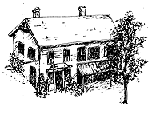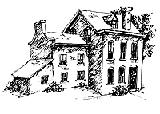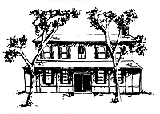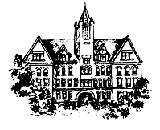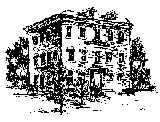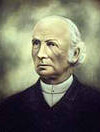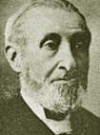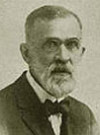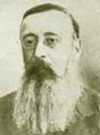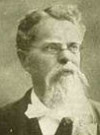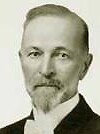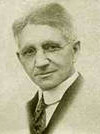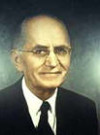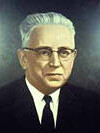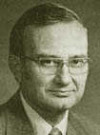
Heritage & History
Wartburg College is named after one of Europe’s most important landmarks, the Wartburg Castle. The Wartburg Castle is a fortress built in 1067 overlooking Eisenach, Germany. During the stormy days of the 16th-century Reformation, the castle provided a refuge for Martin Luther, who disguised himself as a knight while translating the New Testament of the Bible into the language of the people for the first time in history. This translation not only fueled the Protestant Reformation but also had far-reaching effects on religious freedom, literacy, and the shaping of modern Europe. As a UNESCO World Heritage Site, the Wartburg Castle stands as a monument to these transformative events.
Agreement of Cooperation
Wartburg College signed a formal Agreement of Cooperation with the Wartburg Castle in Eisenach, Germany, which makes possible cultural exchanges and visits, study opportunities and internships, annual choir and band performances in the castle with permission for radio and TV broadcasts, a castle exhibit and room on the Wartburg campus. The agreement builds on the partnership established in 1992 by the cities of Waverly and Eisenach to become sister cities.
Our History
Wartburg College traces its roots to 1852, when Pastor Wilhelm Löhe of Neuendettelsau, Bavaria, sent Pastor Georg Grossmann to America to work as a missionary of the Lutheran faith. With five students, Grossmann founded a teacher-training school for German immigrants in Saginaw, Mich.
The college was moved several times to accommodate the shifting tide of Lutheran immigration (Dubuque, St. Sebald near Strawberry Point, Waverly, and Clinton in Iowa and Galena and Mendota in Illinois). It permanently located in Waverly in 1935. The name Wartburg was given to the college when it was located in rural St. Sebald because the wooded countryside of the area reminded Grossmann of the Thuringian Forest where the Wartburg Castle is located.






